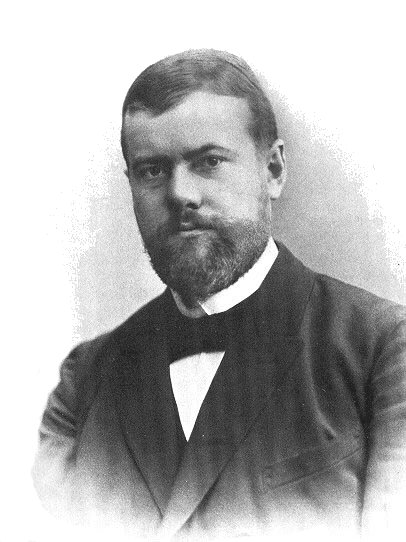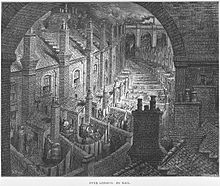Hi All, my name is Andrew Ruhl and this is going to be my research blog; over the coming weeks I will be adding to this blog bits of information concerning the Industrial Revolution and how this period of time saw the rise of both literacy and the access to printed information.
Research Plan:
· Outline the specific time period of the Industrial Revolution in Britain
· What events lead up to the Industrial Revolution (spirit of the times)
· Effect this had on production of literary materials
· How this affected people at ground level
· How this period effects us today.
· Into the future, a fictional blog about where Industry will lead us
* Please note blogs do not appear in a chronological order, sorry for the inconvenience*
* Please note blogs do not appear in a chronological order, sorry for the inconvenience*
==============================================================>
Blog 1: The industrial Revolution: The Industrial Revolution refers predominantly to the period from the 18th to the 19th century where there were major changes in agriculture, manufacturing, mining, transport and technology.
The Industrial Revolution refers predominantly to the period from the 18th to the 19th century where there were major changes in agriculture, manufacturing, mining, transport and technology.
 The Industrial Revolution refers predominantly to the period from the 18th to the 19th century where there were major changes in agriculture, manufacturing, mining, transport and technology.
The Industrial Revolution refers predominantly to the period from the 18th to the 19th century where there were major changes in agriculture, manufacturing, mining, transport and technology.--
--
--
--
--
--
--
--
--
--
--
--
--
This era had a profound effect on socioeconomic and cultural conditions, which starting in the United Kingdom , then subsequently spread to Europe, North America , and eventually the rest of the world. The onset of the Industrial Revolution marks the major turning point in human history; almost every aspect of daily life was influenced in some way. Most notably, average income and population began to see unprecedented and sustained growth. In the two centuries following 1800, 'the world's average income increased over 10-fold, while the world's population increased over 6-fold'.(1)
-
-
 |
| Images collected from Google Images. |
-
Starting in the later part of the 18th century there began a transition in parts ofGreat Britain
-
The development of all-metal machine tools in the first parts of the 19th century facilitated the manufacture of more production machines for manufacturing in other industries. The effects spread throughout Western Europe and North America during the 19th century, eventually affecting most of the world, a process that continues as industrialisation. The impact of this change on society was enormous
-
-===========================================================-
Here is a video I found on You-Tube to give a visual of what changes were going on in the United Kingdom at this time.
-
It shows the experiences of the people living in this period and highlights the main areas of industrial change which made this period in history such an interesting and yet scary period of history.
-
Thanks, I hope you liked my first ever Blog posting:
Date: Sunday 22nd August, 2010.
-
Andrew Ruhl
6644724
Starting in the later part of the 18th century there began a transition in parts of
-
 |
| An early printing press from the 1900's |
-
-===========================================================
Here is a video I found on You-Tube to give a visual of what changes were going on in the United Kingdom at this time.
-
It shows the experiences of the people living in this period and highlights the main areas of industrial change which made this period in history such an interesting and yet scary period of history.
Video by: Brede Værk Museum - Copenhagen:
===============================================================
-
Thanks, I hope you liked my first ever Blog posting:
Date: Sunday 22nd August, 2010.
-
Andrew Ruhl
6644724
-
------------------------------------------------------------------
Citations:
1. Wikipedia 2010, Industrial Revolution (2010), U.S., viewed 30th of August, 2010
<http://en.wikipedia.org/wiki/Industrial_Revolution>
2.Yale New Haven Teachers Institute 2010, The Industrial Revolution (2010), U.S., viewed 30th August, 2010 :<http://www.yale.edu/ynhti/curriculum/units/1981/2/81.02.06.x.html>
3.Google Images 2010, U.S., viewed 30th August 2010.
<http://www.images.google.com>
4. Youtube 2010, [video no longer available] U.S., viewed 30th August 2010.
<http://www.youtube.com/watch?v=f1sZIUY3jrM>
1. Wikipedia 2010, Industrial Revolution (2010), U.S., viewed 30th of August, 2010
<http://en.wikipedia.org/wiki/Industrial_Revolution>
2.Yale New Haven Teachers Institute 2010, The Industrial Revolution (2010), U.S., viewed 30th August, 2010 :<http://www.yale.edu/ynhti/curriculum/units/1981/2/81.02.06.x.html>
3.Google Images 2010, U.S., viewed 30th August 2010.
<http://www.images.google.com>
4. Youtube 2010, [video no longer available] U.S., viewed 30th August 2010.
<http://www.youtube.com/watch?v=f1sZIUY3jrM>



